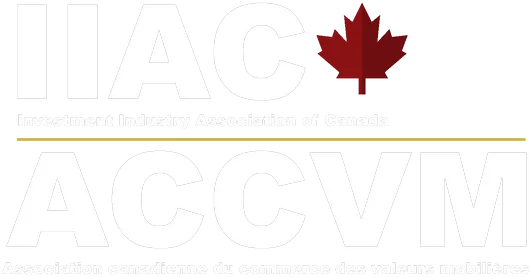
![]()
On June 4-5, 2015, I participated in the International Capital Market Association (ICMA) Annual General Meeting and Conference in Amsterdam—perhaps the foremost venue to understand the leading edge trends in global and European credit markets and the direction of regulatory reform.
The bond market liquidity drought dominated the conversations. Finding buyers in the market when investors look to sell has gotten more difficult, resulting in greater day-to-day volatility and wider bid-ask spreads. Even the U.S. Treasury bond market—one of the most liquid markets in the world—is not immune to turbulence.
There are a number of factors behind this liquidity crunch, including changes to regulation aimed at addressing weaknesses exposed by the financial crisis. I explore these factors in my newsletter.
Market participants fear a full-blown liquidity crisis if a real shock hits, perhaps a Greek default or the U.S. Federal reserve signals an earlier-than-expected rate hike. Investors may rush out of bonds, only to discover they cannot find buyers—the type of scenario that could quickly become a fire sale.
Is there any way to mitigate this risk? I believe so. Regulator should step back and undertake a full regulatory review of the cumulative effect of post-crisis capital, liquidity and trading rules. They should also proceed with utmost care in rolling out new credit market regulatory reforms to avoid further damage to market liquidity.
Read more in my industry letter by clicking here.
